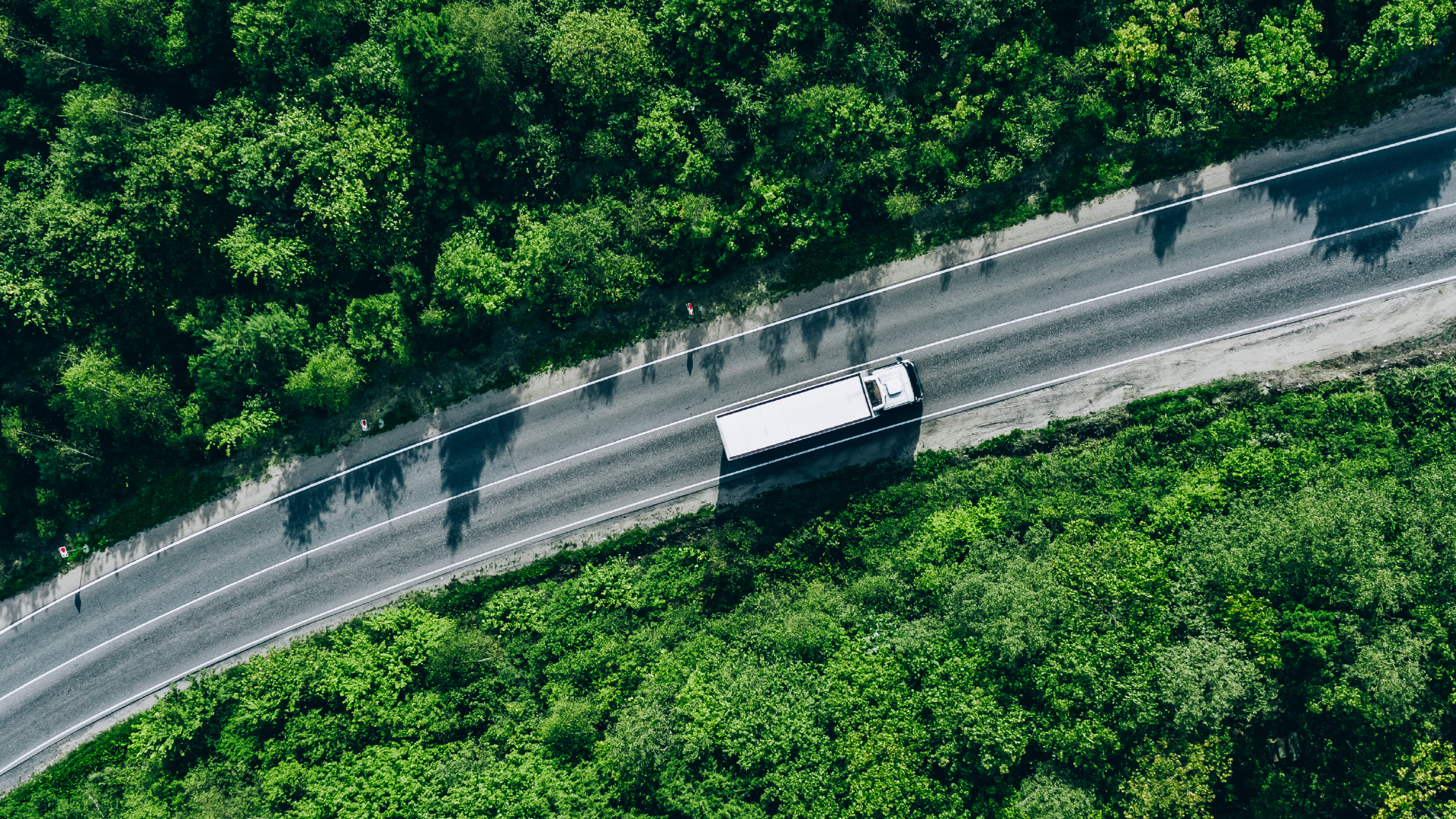These are the world’s most tree-covered countries

The Central Suriname Nature Reserve is 1.6 million-hectares. Image: Wikimedia Commons
Across the globe, there are deep pockets of green working as powerful lungs for all of us.
Forests cover a third of the world’s land. They play a critical role in the ongoing battle against the impacts of climate change. They absorb harmful pollutants, regulate water flows, and support the habitats of migratory plants and animals.
But they are under threat. Since 1990, the planet has lost 1.3 million square kilometres of tree cover – an area larger than South Africa – to deforestation for forest and paper products and agriculture, according to the World Bank.
When trees are destroyed, greenhouse gases pour into the atmosphere. In the Amazon, recent fires have released 228 megatonnes of carbon dioxide. Swathes of the rainforest are burning in Brazil, which has recorded the highest number of August fires since 2010.
What is the World Economic Forum’s Sustainable Development Impact summit?
Protecting this essential resource and avoiding further deforestation could cut CO2 emissions by as much as 4 billion tonnes per year – the equivalent of taking half the world's cars off the road, according to the Tropical Forest Alliance, an initiative hosted by the World Economic Forum that works with governments and businesses to tackle the problem.
In each of the world’s top 10 tree-covered countries, forests make up a huge percentage of the land area – from just under three-quarters in Papua New Guinea to more than 98% in South America's Suriname.
Here’s how the three nations with the world’s densest tree cover are working to preserve one of the planet’s most valuable resources.

Suriname: eco-tourism
More than 98% of this former Dutch colony on the northeast coast of South America is carpeted in tropical rainforest -– an extraordinary, lush landscape that’s a magnet for intrepid travellers, but one that needs careful management to offset the potential impact of activities like gold mining and logging.
Excess deforestation could damage the country’s delicate ecosystems and disrupt food supplies for indigenous communities.
As part of a long-term strategy for sustainable tourism, the government of Suriname has been working with NGOs and local communities to protect its pristine rainforests and freshwater resources, through initiatives like the South Suriname Conservation Corridor.
Since the creation of the 1.6 million-hectare Central Suriname Nature Reserve, which was recognized as a UNESCO World Heritage Site in 2000, eco-tourism has become the third-largest foreign income exchange earner in the country.

Micronesia: sustainable agriculture
Dotted across 1.6 million square kilometres of the Pacific Ocean, the Federated States of Micronesia (FSM) is made up of over 600 islands, divided between four states – Yap, Chuuk, Kosrae, and Pohnpei.
Nearly 92% of the islands are forested – in part due to the work of organizations like The Conservation Society of Pohnpei (CSP), which promotes sustainable development based on community-led resource management.
CSP ran an educational campaign in Pohnpei, called “Grow Low”, to raise awareness about the dangers of deforestation in upland watershed areas, which farmers were stripping out and seeding to meet intense demand for kava – a popular drink with sedative properties.
Farmers have been taught more effective techniques for growing their crops in the lowlands and given seedlings to start their new farms – leading to a 70% reduction in new upland kava clearings.
What’s the World Economic Forum doing about deforestation?
Gabon: saving the forest elephant
The world’s largest concentration of forest elephants live in the central African nation of Gabon – 90% of which is tree-covered.
Until recently, the animals were under existential threat from poachers, with more than 25,000 elephants in Minkébé National Park thought to have been killed for their ivory between 2004 and 2014.
It’s not just the elephants at risk – it’s also the forest, according to John Poulsen, assistant professor of tropical ecology at Duke University’s Nicholas School of the Environment, who describes the animals as “ecological engineers”, dispersing tree seeds over wide distances and opening up the understory of the forest by eating or trampling on slow-growing plants.
Gabon is now taking decisive action: in June, President Ali Bongo Ondimba appointed a new Minister of Forests, biologist Lee White, whose pledge to stamp out poaching is helping to protect both the elephants and Gabon’s national parks for the benefit of future generations.
Don't miss any update on this topic
Create a free account and access your personalized content collection with our latest publications and analyses.
License and Republishing
World Economic Forum articles may be republished in accordance with the Creative Commons Attribution-NonCommercial-NoDerivatives 4.0 International Public License, and in accordance with our Terms of Use.
The views expressed in this article are those of the author alone and not the World Economic Forum.
Stay up to date:
Future of the Environment
Related topics:
Forum Stories newsletter
Bringing you weekly curated insights and analysis on the global issues that matter.







